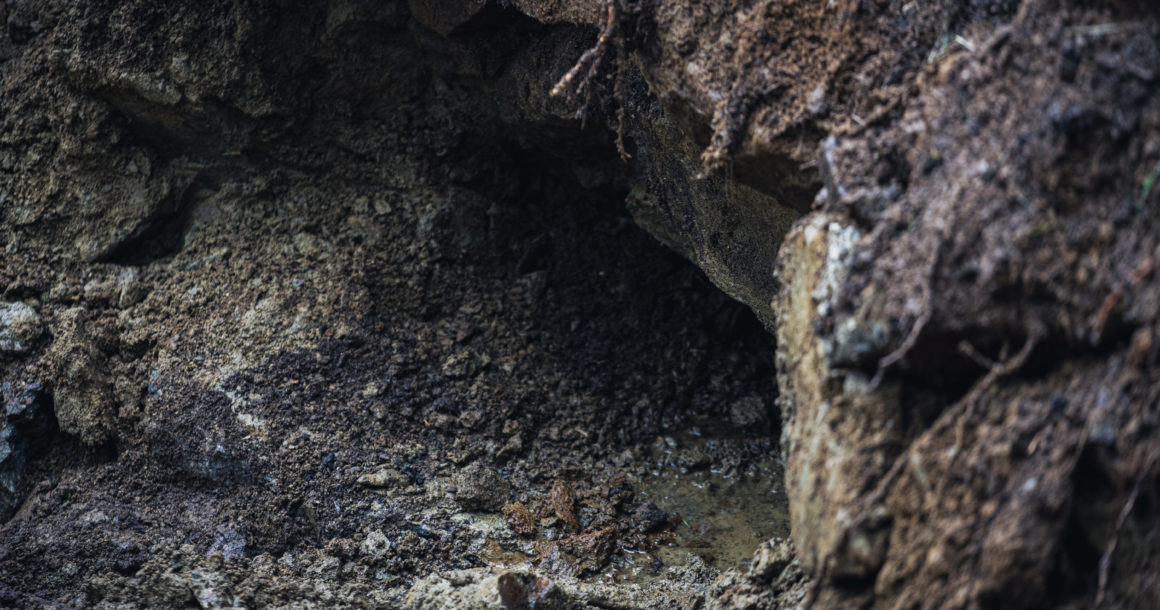The Sachsen Project
The story begins in Budapest in 1944. When the SS began to loot the splendid flats, palaces and castles of the expelled or already deported Jewish Hungarians. Priceless treasures, famous collections of paintings, many hundreds of masterpieces by French Impressionists and classics with world-famous names disappeared never to be seen again. Immediately afterwards, the valuable furniture, Isfahan carpets and precious inlays were also taken away and the gold and jewellery stocks were stolen from the vaults.
The search for these missing masterpieces of world cultural heritage finally led to Deutschkatharinenberg (The Deutsch Affair). To a mine that does not actually exist. All official bodies deny its existence. Accordingly, it is nowhere recorded, nowhere documented! Univ. Prof. Dr. Wolfgang Neubauer, who heads the Ludwig Boltzmann Institute for Archaeological Prospection and Virtual Archaeology in Vienna, as an old mining specialist, takes a different view(Univ.-Prof. Mag. Dr. Wolfgang Neubauer). With his measurements, he has already proven that a historical mine is located at this site. A mine whose entrance had been blown up, as visible and measurable traces show. An absolute novelty at that time, because it was not common in historical mining or there was no explosive for it at all.
These circumstances and a number of documents and circumstantial evidence suggest that this mine not only existed, but had been used by the SS as a storage site for precious goods. Presumably, not only the masterpieces by Corot, Monet, Pissarro, Courbet, Cèzanne, Degas, Manet, Tintoretto, Titian, El Greco from Budapest are stored in this shaft and gallery system, but many more lost treasures of our cultural heritage.
To explore the historic mine, to locate the retrofitted installations, to measure them, to open them, to secure the disappeared part of the world cultural heritage and to make it accessible to the world public and the rightful owners,that is the intention of this project(Germany versus German).

